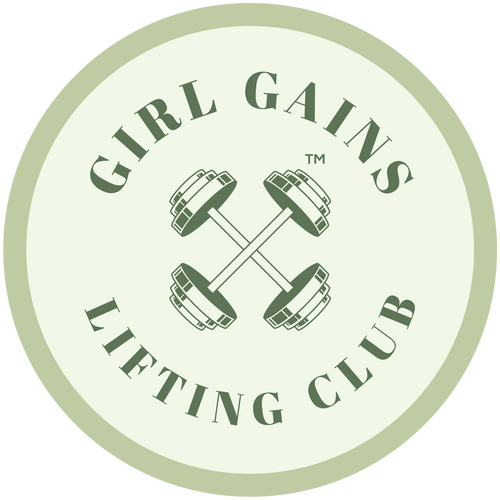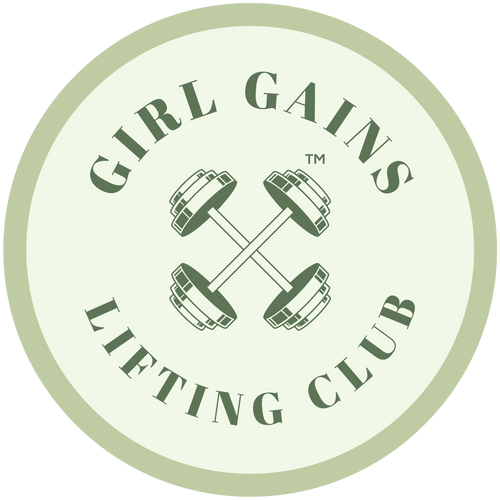![]() Sarah Omar
Sarah Omar
Growing up, I always had really poor posture. While I can contribute that to slouching, it isn’t entirely because of a poor habit. Poor posture can be caused by inflexible muscles that decrease range of motion (how far a joint can move in any direction). For example, overly tight, shortened hip muscles tug your upper body forward and disrupt your posture. Overly tight chest muscles can pull your shoulders forward. Muscle strength affects balance in a number of ways. The "core muscles" of the back, side, pelvis, and buttocks form a sturdy central link between your upper and lower body. Weak core muscles encourage slumping, which tips your body forward and thus off balance. Strong lower leg muscles also help keep you steady when standing. (Harvard Health 2017). So while booty gain pursuits are fun, I want to follow up on my last article to talk about upper body compound lifts! I have really grown to love training my back, shoulders, and arms as it’s helped improve my posture.
The key to fixing poor posture is strengthening and stretching the muscles in the upper back, chest, and core.
The Foundation
Neglecting any muscle group can lead to imbalances, compromising both aesthetics and functional fitness. By prioritizing upper body training, we address these imbalances and lay the foundation for a well-rounded physique. Here are two key reasons why working the upper body is essential:
- Posture Improvement: A strong back and core are vital for maintaining proper posture. By strengthening the muscles in our upper body, particularly the back and shoulders, we can counteract the negative effects of sedentary lifestyles and desk-bound jobs. Improved posture not only enhances our appearance but also minimizes the risk of back pain and other related issues.
- Balanced Muscle Development: By incorporating compound movements that target multiple muscle groups, we ensure balanced development throughout the upper body. This approach prevents certain muscles from becoming disproportionately strong or weak, reducing the risk of injuries and enhancing overall athletic performance.
Warm up
Before engaging in any intense upper body workout, it's crucial to properly warm up to prevent injuries and optimize performance. Here are a few effective warm-up exercises to consider:
- Shoulder Flossing: This exercise involves moving your shoulders through their full range of motion to loosen up the joints and surrounding muscles.
- Cat Cow: Start on your hands and knees, arching your back like a stretching cat and then reversing the movement, allowing your belly to drop while lifting your head and tailbone.
- Downward Dog: Begin in a push-up position, then raise your hips and push back, creating an inverted "V" shape with your body. This stretch helps open up the chest and shoulders.
- Thread the Needle: From a hands-and-knees position, slide one arm under the other, reaching as far as possible, and rotate your upper body to deepen the stretch.
No weights? No problem
These are some great exercises you can do just about anywhere:
- Planks: Start in a push-up position but with your forearms resting on the ground. Hold this position for an increasing amount of time as you progress.
- Shoulder Taps: In a push-up position, touch your opposite hand to your opposite shoulder, alternating sides. Increase the number of taps as your strength improves.
- Pushups: Begin with modified push ups from your knees and gradually progress to standard pushups, focusing on increasing the number of reps you can perform.
While these are bodyweight movements, you should still be able to implement progressive overload. For example, increasing the time in which you hold your planks. The amount of reps you are completing for shoulder taps or pushups. You could also increase the amount of resistance if you’re starting these on your knees and then going to a plank pose!
Top compound lifts:
To maximize upper body development, compound lifts should be an integral part of your training routine. Here are some of the top compound lifts that target multiple muscle groups effectively:
- Pullups: This exercise primarily targets the lats, traps, and shoulders while also engaging the biceps. It is a fantastic upper body strength builder.
- Barbell Bench Press: A classic exercise that targets the pectoral muscles, deltoids, triceps, and biceps. It promotes overall upper body strength and muscle development.
- Barbell Overhead Press: By engaging the lats, traps, pecs, deltoids, and triceps, the overhead press is a compound movement that enhances shoulder strength and stability.
- Barbell Upright Row: This exercise targets the traps, deltoids, and biceps, helping to build a strong upper back and shoulder muscles.
- Barbell Bent Over Rows: Primarily targeting the trapezius, rhomboids, lats, and rear delts, this exercise improves posture and strengthens the entire upper back.
By incorporating upper body compound lifts into your workout routine, you ensure that no muscle group is neglected. Strengthening the back, shoulders, triceps, and biceps not only enhances your physique but also leads to improved posture and overall functional fitness. Whether you have access to weights or not, there are numerous bodyweight exercises that allow for progressive overload and continued strength gains. Embrace the wealth and fun of upper body training, and unlock the full potential of your physical fitness journey.
Reference:
Why posture matters. Harvard Health. (2017, January 24). https://www.health.harvard.edu/staying-healthy/why-good-posture-matters#:~:text=Physical%20reasons%20for%20poor%20posture,can%20pull%20your%20shoulders%20forward.

Welcome to the Girl Gains Publication 💌
We highlight inspiring, educational, and entertaining articles written by women for women. Happy reading!

